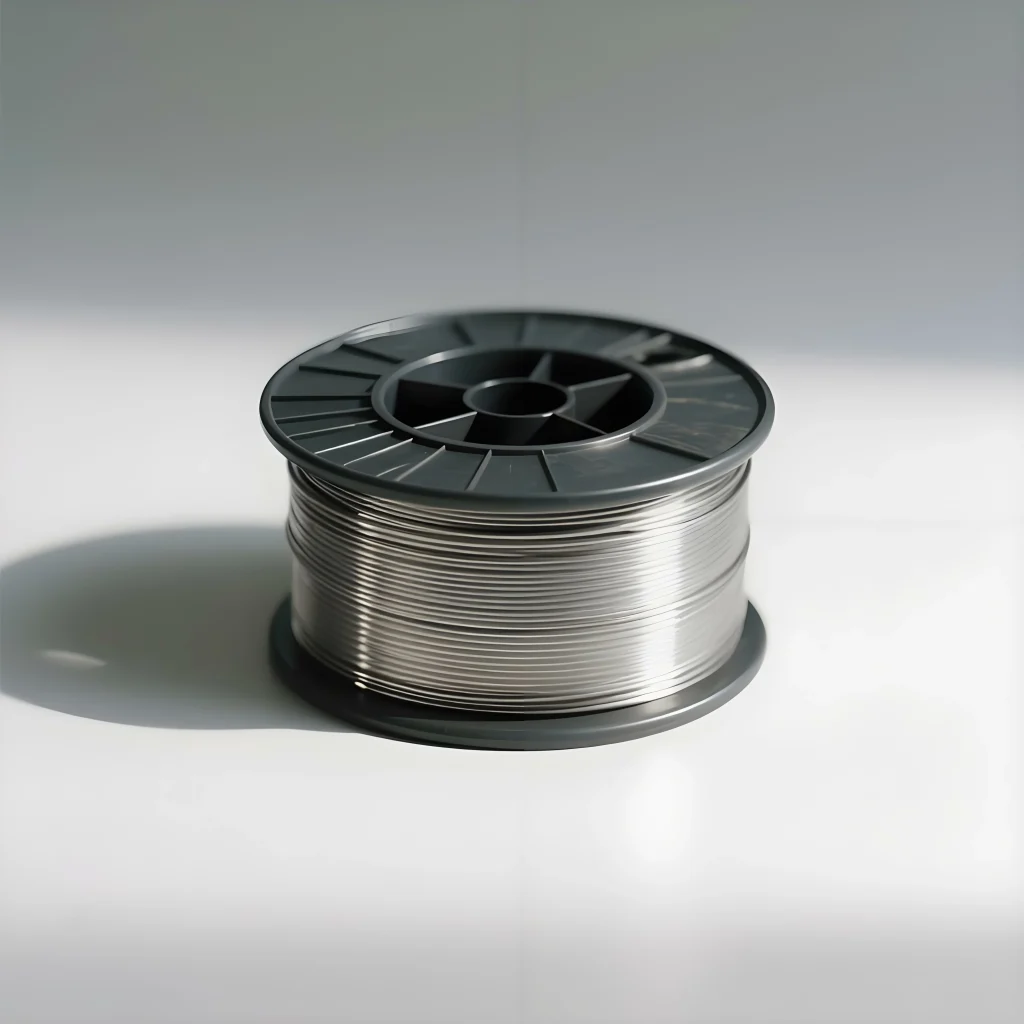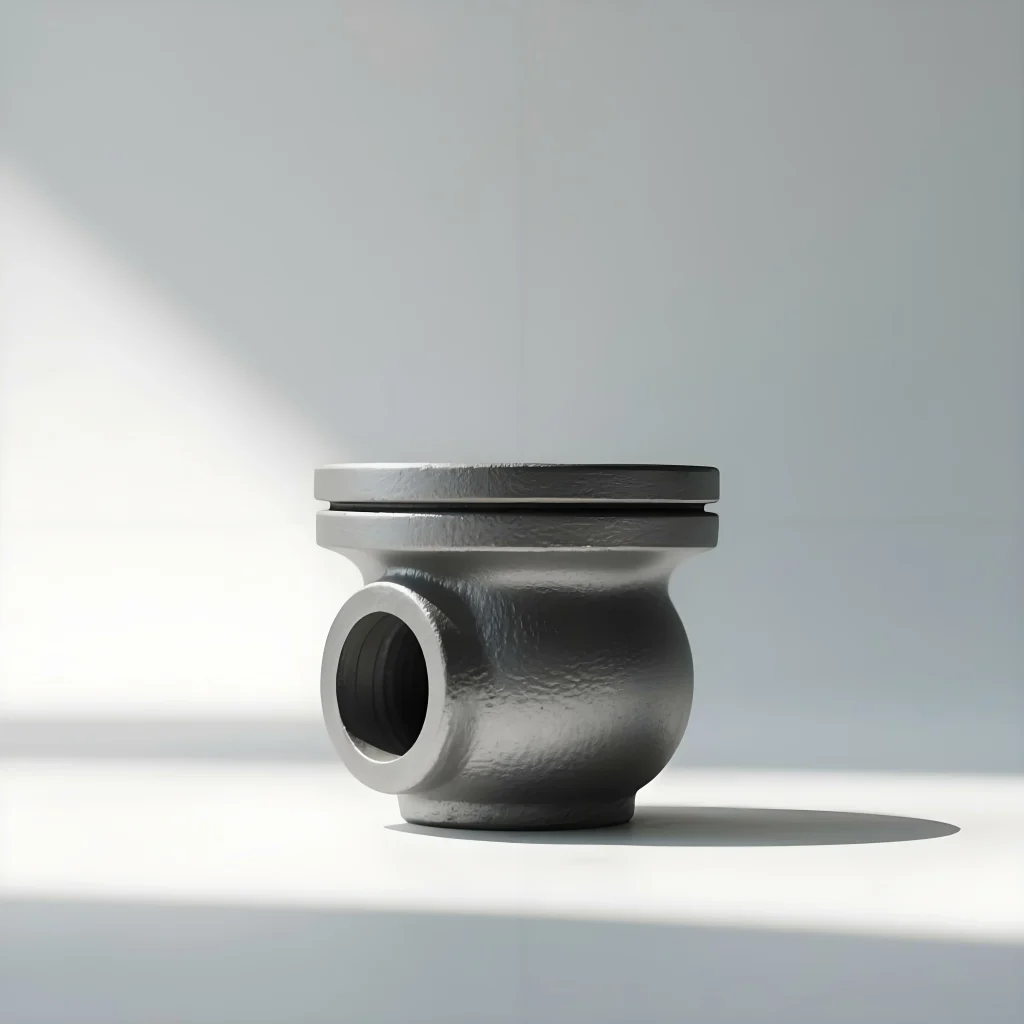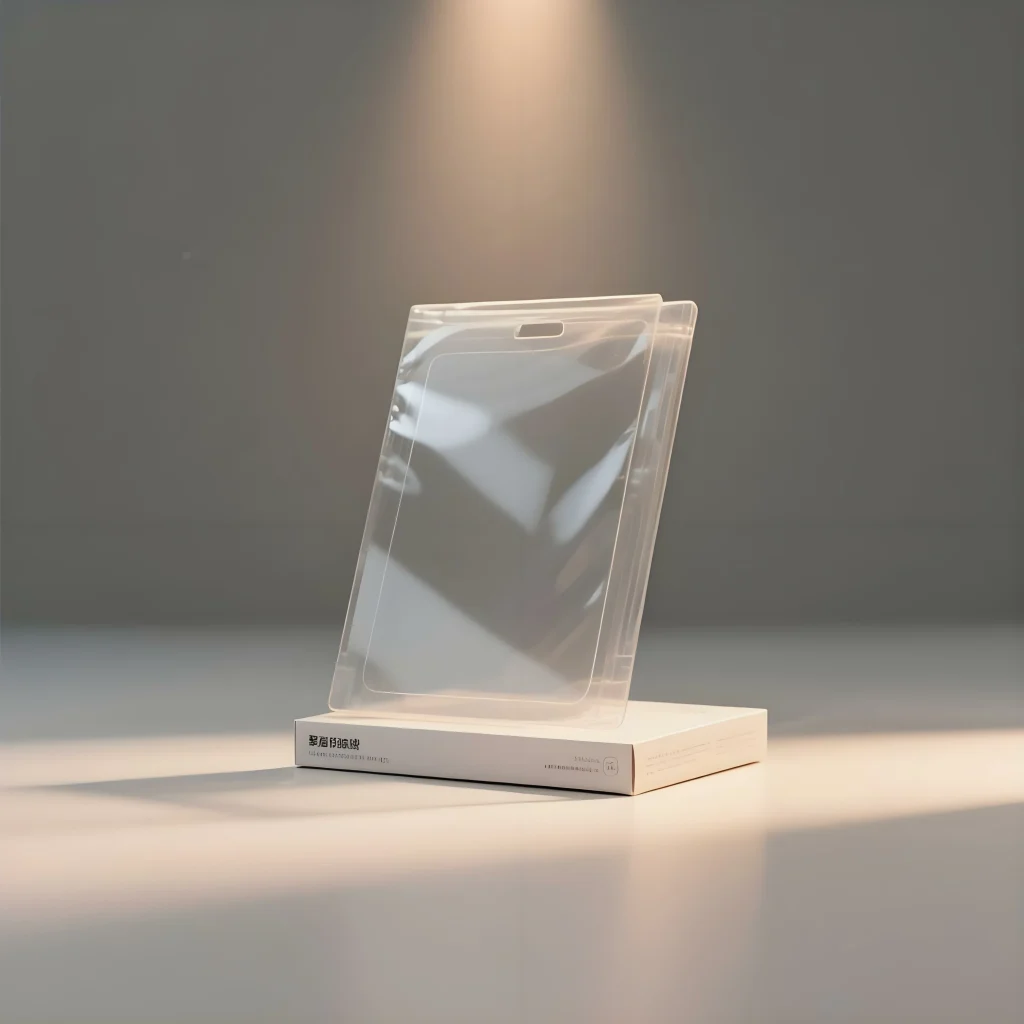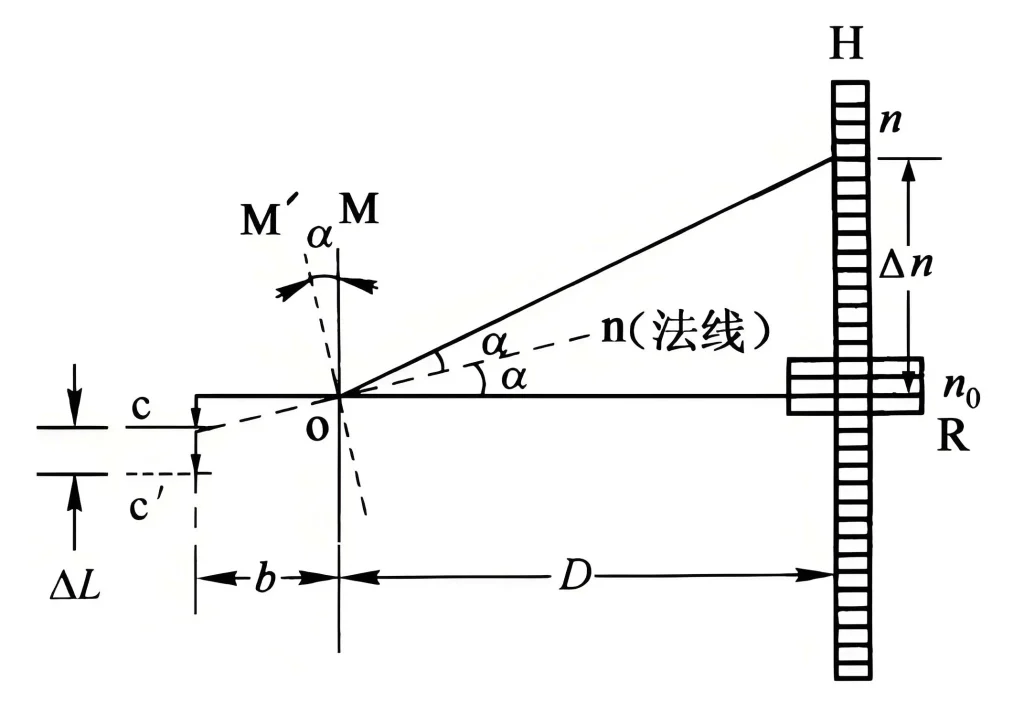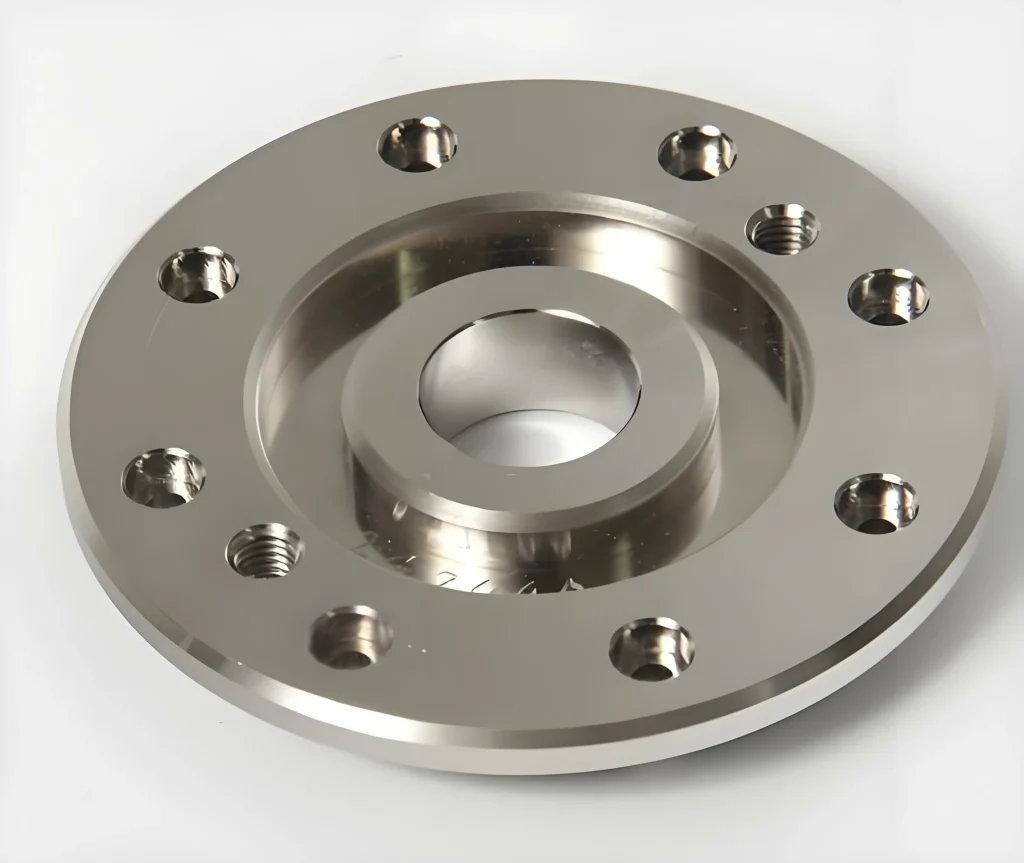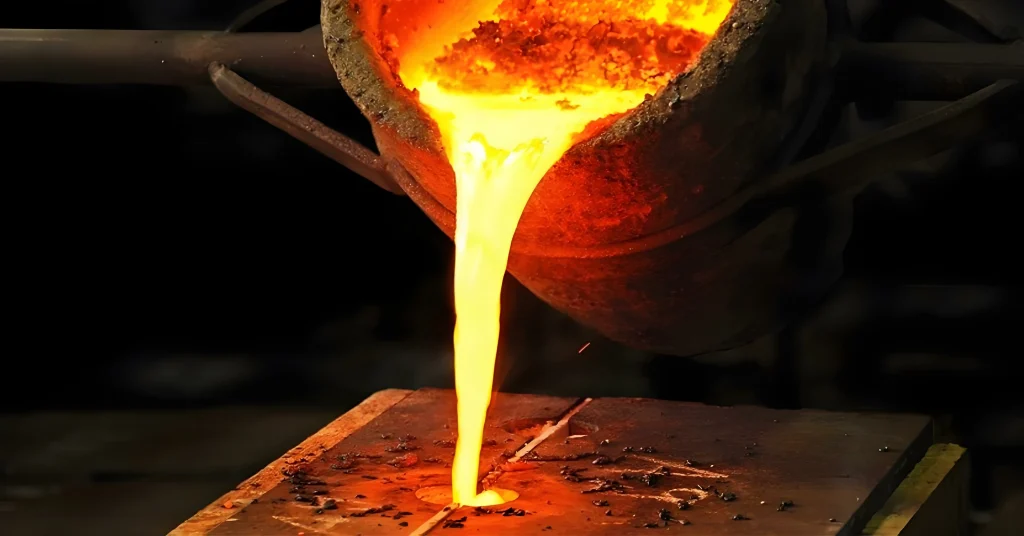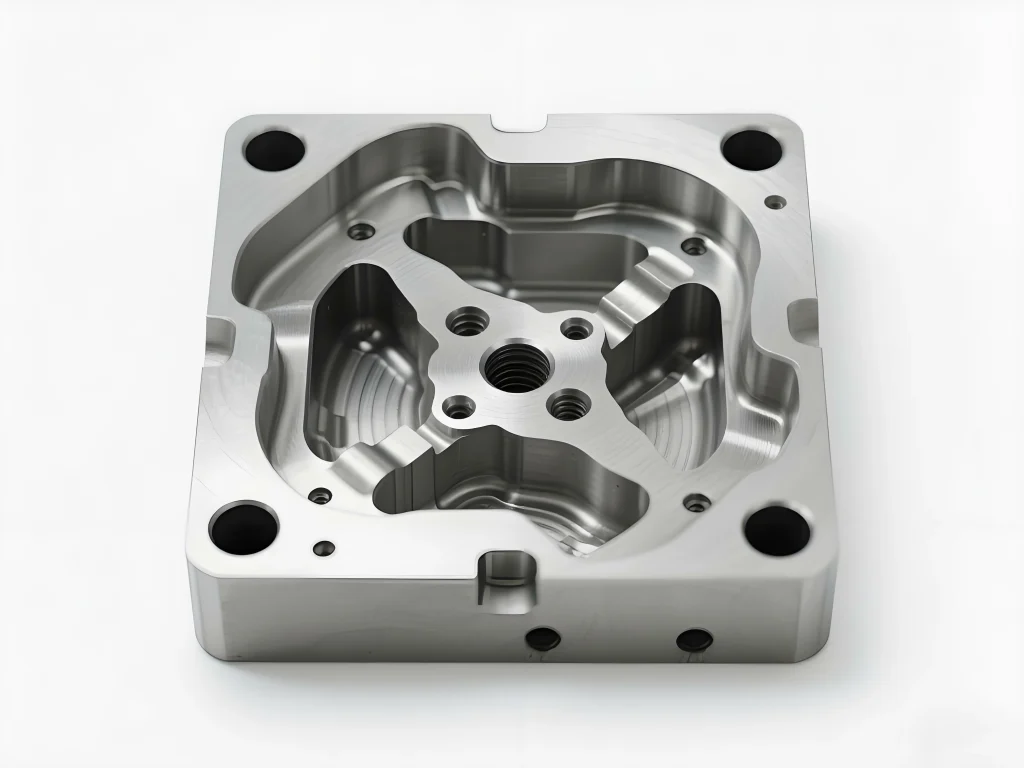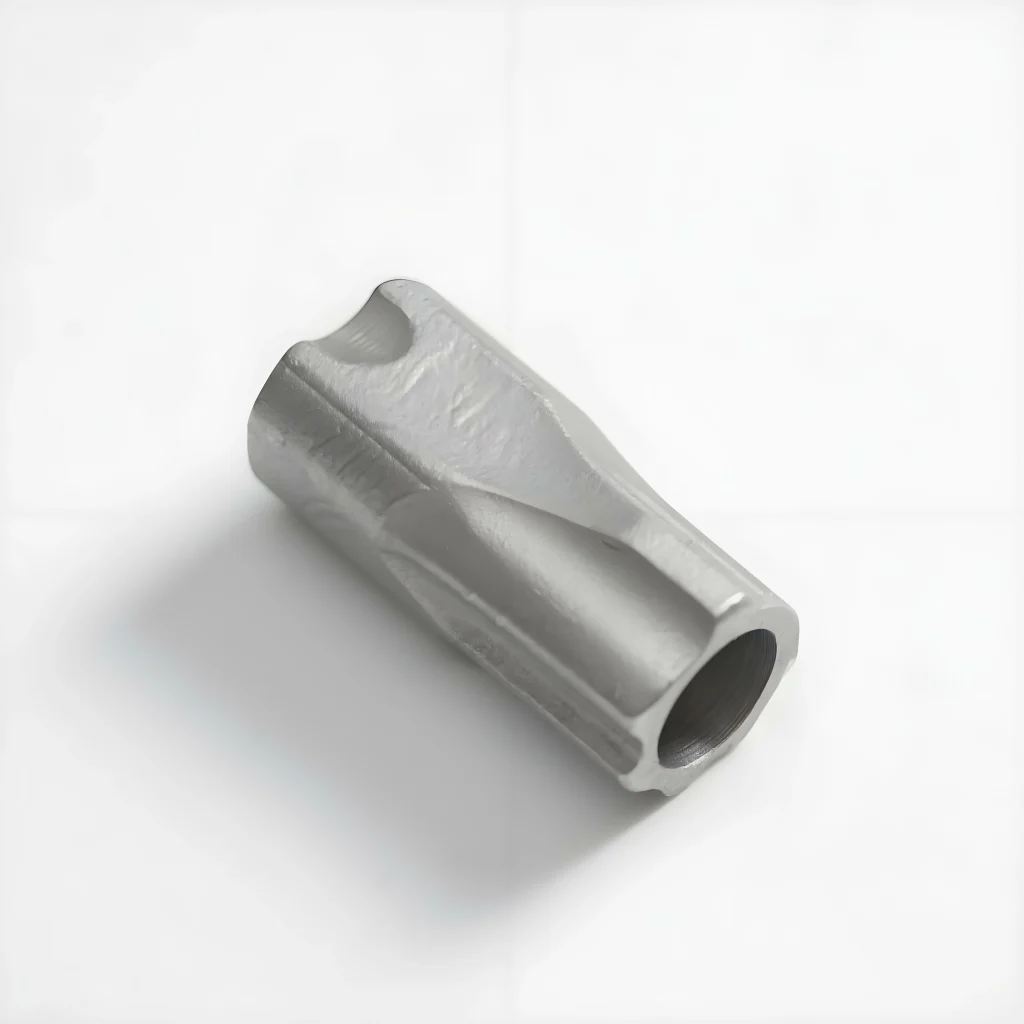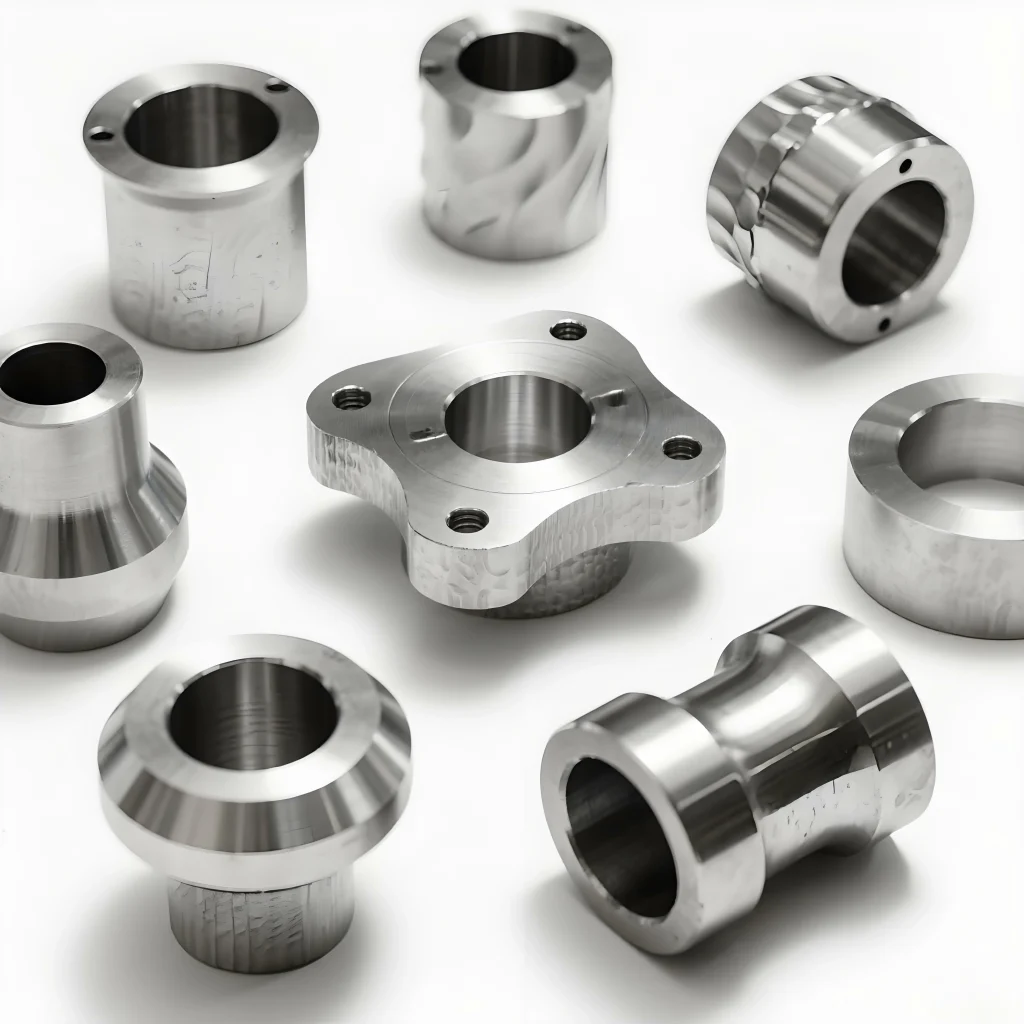1.Martensitic Stainless Steel | Martensitic Steel Guide by Welleshaft Define Martensitic Stainless Steel as a tough, wear-resistant stainless type that responds well to heat treatment. Unlike austenitic grades, it’s magnetic and ideal where strength outweighs ductility—like in aerospace components, automotive parts, oilfield tools, and cutting blades. Learn what martensite is, how its structure forms, and how it differs from steels like austenitic or ferritic. We also explore its various grades, practical uses, and how heat treatment impacts performance. 2.What Is Martensitic Stainless Steel? Martensitic stainless is a chromium steel alloy with carbon, typically 10.5% to 18% chromium and up to 1.2% carbon. During quenching, a hard structure forms called martensite […]
カテゴリーアーカイブ: Study cases and knowledge
Discover industriy trends, case studies, how-to guides, manufacturing processes and FAQs on Welleshaft’s Knowledge Hub—expert insights for engineers and sourcing professionals.
Welleshaft’s Study Cases and Knowledge page addresses key sourcing challenges, quality control hurdles, and real manufacturing pain points—helping buyers make smarter, faster decisions.
300 Series Stainless Steel | Grades, Properties & Investment Casting Guide 1.Overview of 300 Series Stainless Steel The Stainless 300 Series Guide covers austenitic iron-based alloys known for their excellent corrosion and heat resistance. Popular grades like 304, 316, 309, and 310 find widespread use in food processing, aerospace, marine, and medical industries. Welleshaft offers custom 316 SS investment castings for industrial applications and stainless investment casting solutions using 300 series stainless steel. These high-quality parts are essential for automotive exhaust systems and aerospace components. 2.Properties and Applications of 300 Series Stainless Steel (1)300 Series Stainless Steel Properties and Applications Property Details Corrosion Resistance Very good, especially in acidic or […]
1.Ductile Iron Investment Castings | Ductile Iron Foundry – Welleshaft Custom Ductile Iron Castings shape today’s machinery with strength and dependability. At Welleshaft, we specialize in producing high-performance ductile iron cast parts with consistent quality and reliable mechanical properties. Our cast ductile iron components are trusted across key industries — including automotive, agriculture, municipal construction, and heavy equipment. 2.What Is Ductile Iron Casting and How Does It Work? Ductile iron, often called nodular iron or SG iron, stands out due to its toughness and durability. It’s a type of cast iron ductile material that combines strength with flexibility. The ductile iron casting process starts by melting iron, then adding magnesium to shape graphite […]
1.What Is Mylar? – Definition, Properties, and Applications Mylar is a tough, lightweight plastic film that many industries rely on because of its strength and flexibility. But what exactly is Mylar made of? And how do people use it today? Here at Welleshaft, we’ll explain the basic definition of Mylar, explore its key material features, melting point, and common uses—from food storage to electronics and stencil crafts. 2.Definition and Scientific Background First off, it is a brand name for a type of polyester plastic film made from polyethylene terephthalate (PET). It’s a biaxially oriented polyester — meaning the plastic is stretched in two directions to boost strength and stability. Term Explanation Meaning of […]
1.Flexural Modulus vs. Young’s Modulus vs. Elastic Modulus: The Definitive Guide In the world of engineering, manufacturing, and material science, selecting the perfect material is the foundation of innovation. Whether designing lightweight aerospace components, durable automotive parts, or resilient medical devices, understanding a material’s mechanical properties is paramount. Three of the most critical, yet often confused, indicators of stiffness are flexural modulus vs modulus of elasticity, flexural modulus vs elastic modulus, and e Young’s modulus. These terms describe how a material resists deformation under different forces—bending, stretching, and compression. A misunderstanding can lead to product failure, while a deep understanding ensures structural integrity and performance. For example, the choice between […]
1.Nickel Plating vs. Chrome Plating: A Complete Guide to Choosing the Right Finish When picking a metal finish, the central debate is often nickel vs chrome plating. This guide breaks down the real difference between nickel and chrome, examining everything from the visual nickel plating color versus the cool shine of chrome to the durability of chrome plated vs nickel plated parts. We’ll explore the pros and cons of each chrome finish vs nickel finish, the specifics of a nickel chromium coating, and how it all applies to real-world uses like faucets, automotive parts, and industrial components. 2.First Things First: How Metal Plating Works Before we compare nickel and chrome, you need to know a little about the process itself: […]
1.What Is a Foundry? A Complete Guide to Metal Casting Processes Foundries are the cornerstone of modern manufacturing, providing a cost-effective and versatile method for producing high-volume, complex metal parts. From the engine block in your car to intricate architectural details, the work of a foundry is all around us. But what exactly happens inside a metal casting foundry? What is the difference between casting and a foundry, and how does it compare to other methods like forging? At Welleshaft, we believe in empowering our partners with knowledge. This guide will serve as your definitive resource, answering the fundamental question, “what is a foundry?” We will explore the foundry casting process, […]
1.A Guide to High Pressure Zinc Die Casting: Process, Strengths, and Applications When you need metal parts that are complex and strong, you have a lot of manufacturing choices. For making thousands of identical parts quickly and affordably, one process stands out: high pressure die casting (HPDC). When this method is paired with zinc alloys, it becomes a powerful solution for many industries. This guide breaks down everything you need to know about high pressure zinc die casting. We’ll cover the process, compare it to other methods, and show you where it’s used. Whether you’re an engineer designing a new product or a purchasing manager looking form a reliable supplier, […]
1.Multi-Slide Die Casting vs. Slide Casting: A Practical Guide for Engineers Engineers today need smaller, more complex, and better-performing parts. It’s a constant challenge. To meet it, you need the right manufacturing process. For tiny, complex metal parts, that’s often Multi-Slide Die Casting. For creating ultra-thin ceramic layers, the answer is slide casting. They might sound alike, but these are two very different technologies for two different materials. At Welleshaft, we have deep expertise in both. This guide breaks down each process, showing you how they work and which one is the right fit. We’ll give you teh slide casting process steps explained in a way that makes sense, so you […]
1.The Complete Guide to Hot Chamber Die Casting When you need to make thousands of identical metal parts quickly and affordably, you have a few choices. But for complex parts made from zinc, magnesium, or certain aluminum alloys, hot chamber die casting is often the best process for the job. This type of hot casting is a workhorse in modern manufacturing, known for its incredible speed and precision. At Welleshaft, we use advanced die casting machine technology every day to turn our clients’ designs into reality. In this guide, we’ll explain die casting from a practical standpoint, focusing on the hot chamber method. We’ll show you the complete die casting process steps, compare it to […]

